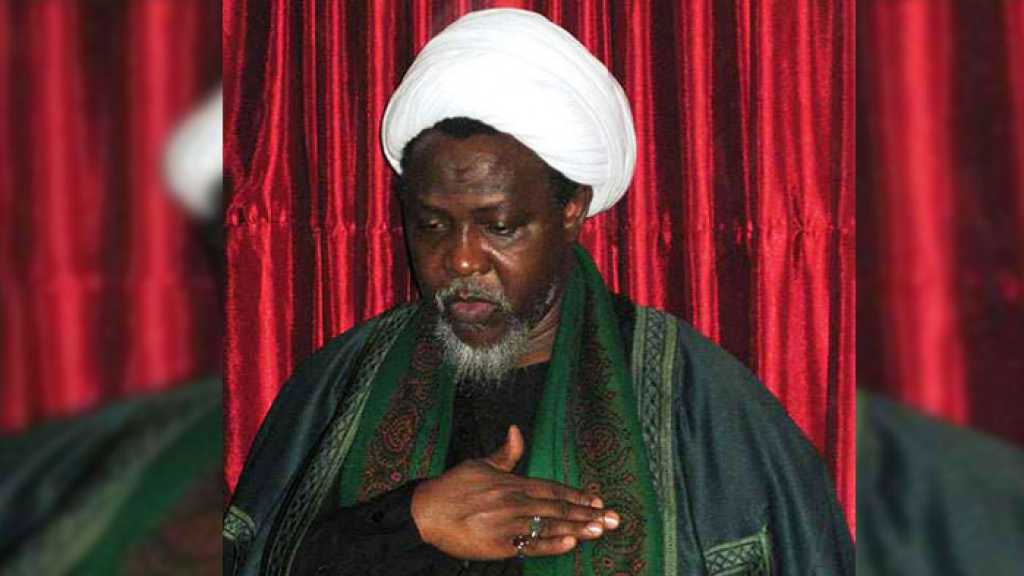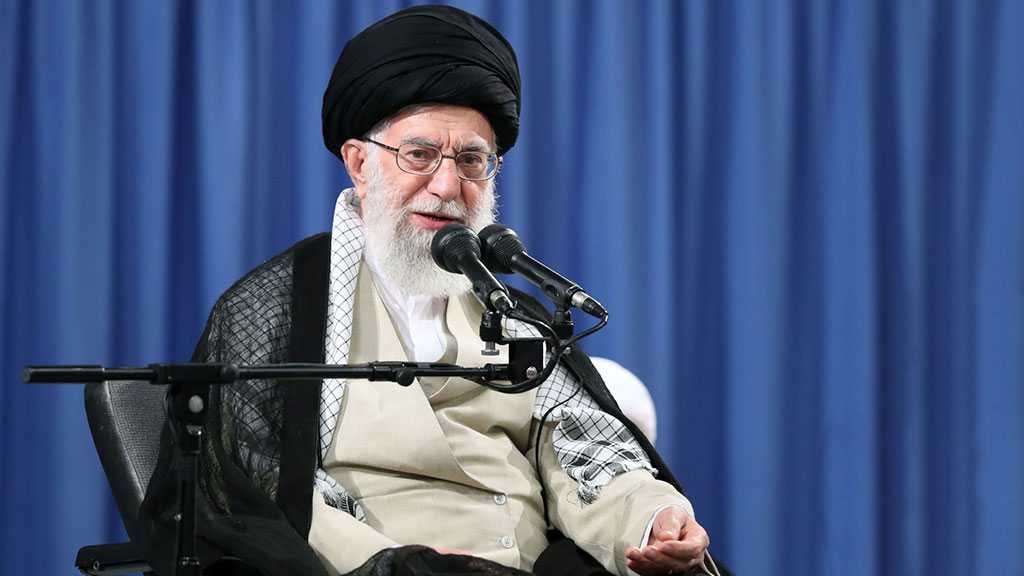Biography of his eminence, the Secretary-General, Sayyed Hassan Nasrallah (may God protect him)
In the Name of Allah
• Sayyed Hassan Nasrallah was born on August 31, 1960. He comes from al-Bazouriyah village in south Lebanon. His father is Sayyed Abdul Karim Nasrallah. Sayyed Hassan is the eldest in the family that consists of three brothers and five sisters.
• His birth and residence were in "al-Karanteena" neighborhood, one of the most deprived and poorest regions in the eastern suburb of Beirut. There, he terminated his elementary education in "al-Kifah" private school and continued his intermediate and secondary studies in "al-Thanawiya al-Tarbawiya" school in Sin el-Feel region.
• When the civil war in Lebanon erupted (April 1975), his family returned to al-Bazouriyah, where he continued his secondary education. In spite of his young age, he was appointed the organizational officer in Amal Movement in al-Bazouriyah village.
• Since his youth, he gave special interest to religious studies and was influenced by Imam Sayyed Mousa al-Sador.
• At the time of his presence in the south of Lebanon, he met in Tyre his eminence, Sayyed Muhammad al-Gharawi, who helped him join the educational Hawza in Sacred Najaf late 1976. Hence, he departed to sacred Najaf escorting with him a letter of recommendation from Sayyed al-Gharawi to the religious authority, martyred Imam Sayyed Muhammad Baqir al-Sador (RIP), who expressed special interest towards him; thus, he gave Sayyed Abbas al-Musawi (RIP) the task of supervising the new student and sponsoring him concerning both personal and educational levels.
• In 1978, he left Iraq secretly away from the eyes of the Iraqi regime due to the repression and injustice that was practiced at that time against the religious schools (scholars and students). In Lebanon, he joined the Hawza of al-Imam al-Montazar (may God reveal him soon); and this religious school was founded by martyr Sayyed Abbas al-Musawi, who was banned from returning to Iraq. There, he resumed his studies.
• Beside his educational activity in the religious school in Baalbeck, Sayyed Nasrallah resumed his political and organizational activity in Amal Movement in al-Biqaa region, where he was appointed in 1979 the political officer of al-Biqaa region and the member of the politburo of Amal Movement.
• In 1982, he and a large number of the officials and cadres withdrew from Amal Movement following crucial disputes with the political leadership of the movement at that time concerning the ways required to confront the political and military developments resulting from the "Israeli" invasion to Lebanon.
• He took part in several responsibilities in Hizbullah since the beginning of its foundation in 1982, following the Zionist invasion and the inauguration of the Islamic Resistance Movement in Lebanon.
• He continued his education in the religious school in Baalbeck beside his responsibility in Hizbullah in al-Biqaa region until 1985, the time when he moved to Beirut. There, he took part in a number of responsibilities.
• In 1987, the chief executive officer position was established in Hizbullah; he was given this responsibility beside his membership in the Consultative Council (the highest leading panel in Hizbullah).
• In 1989, he left to sacred Qum to join the educational Hawza again and continue his studies. However, he returned after one year to fulfill his responsibility as per the resolution of the Consultative Council, the insistence of some basic cadres and officials and due to the pressurizing practical, political, and combative developments in Lebanon at that time.
• In 1992, he was unanimously elected by the members of the Consultative Council as the Secretary-General of Hizbullah succeeding the former Secretary-General, martyr Sayyed Abbas al-Musawi, who was assassinated by the "Israeli" forces on February 16, 1992 in Tiffahta village, while he was returning from Jebsheet village in south Lebanon, where he attended a ceremonial anniversary in memory of the martyrdom of "the Cleric of the Islamic Resistance Martyrs," Sheikh Ragheb Harb.
• During his responsibility in the Secretariat General of the party, the Islamic Resistance fought several wars and heroic confrontations against the occupation army, the most prominent of which were the "Settling Accounts" in July 1993 and "Bunches of Anger" in April 1996, which was crowned by the April Understanding that was one of the greatest keys of the distinctive development of the main actions of the resistance, giving it the historic achievement represented by the liberation of the greater part of the Lebanese land in May 2000.
• At the time of his position as the Secretary-General, Hizbullah took part in the internal political life of Lebanon in a wider form and participated in parliamentary election in 1992. This was the first election taking place following the end of civil war in Lebanon. Thus, it achieved a great winning through the arrival of twelve MPs of its members to Lebanese parliament, through which it formed the parliamentary bloc "Loyalty to Resistance."
• On September 1997, his eldest son Muhammad Hadi was martyred in the heroic confrontation against the occupation forces in Jabal al-Rafei in south Lebanon.
• Sayyed Hassan Nasrallah is married to Fatimah Yassin and has five children: (Martyr Hadi), Muhammad Jawad, Zeinab, Muhammad Ali and Muhammad Mahdi.


Halutz: We failed to Assasinate (Sayyed) Nasrallah
15 years ago

